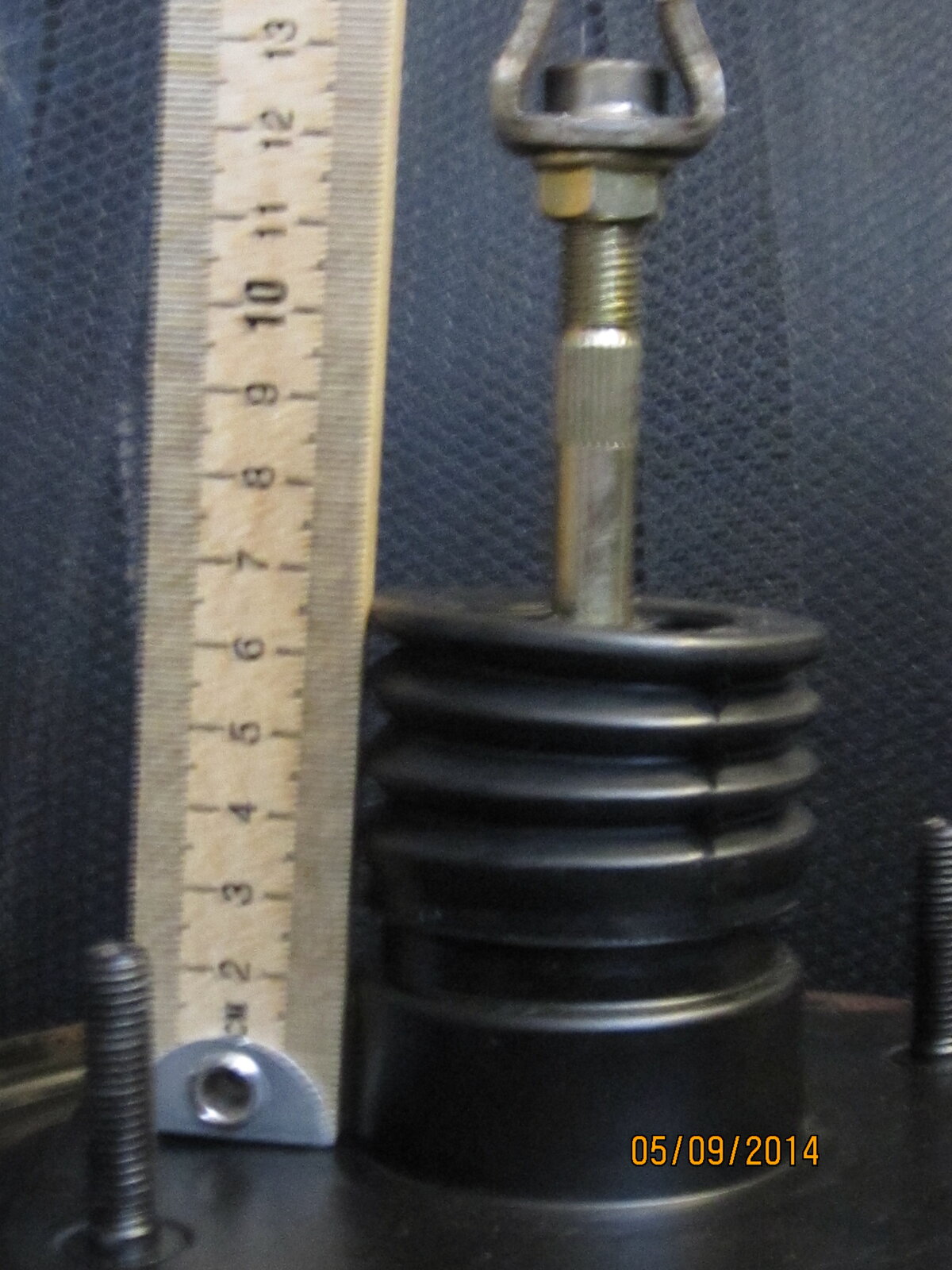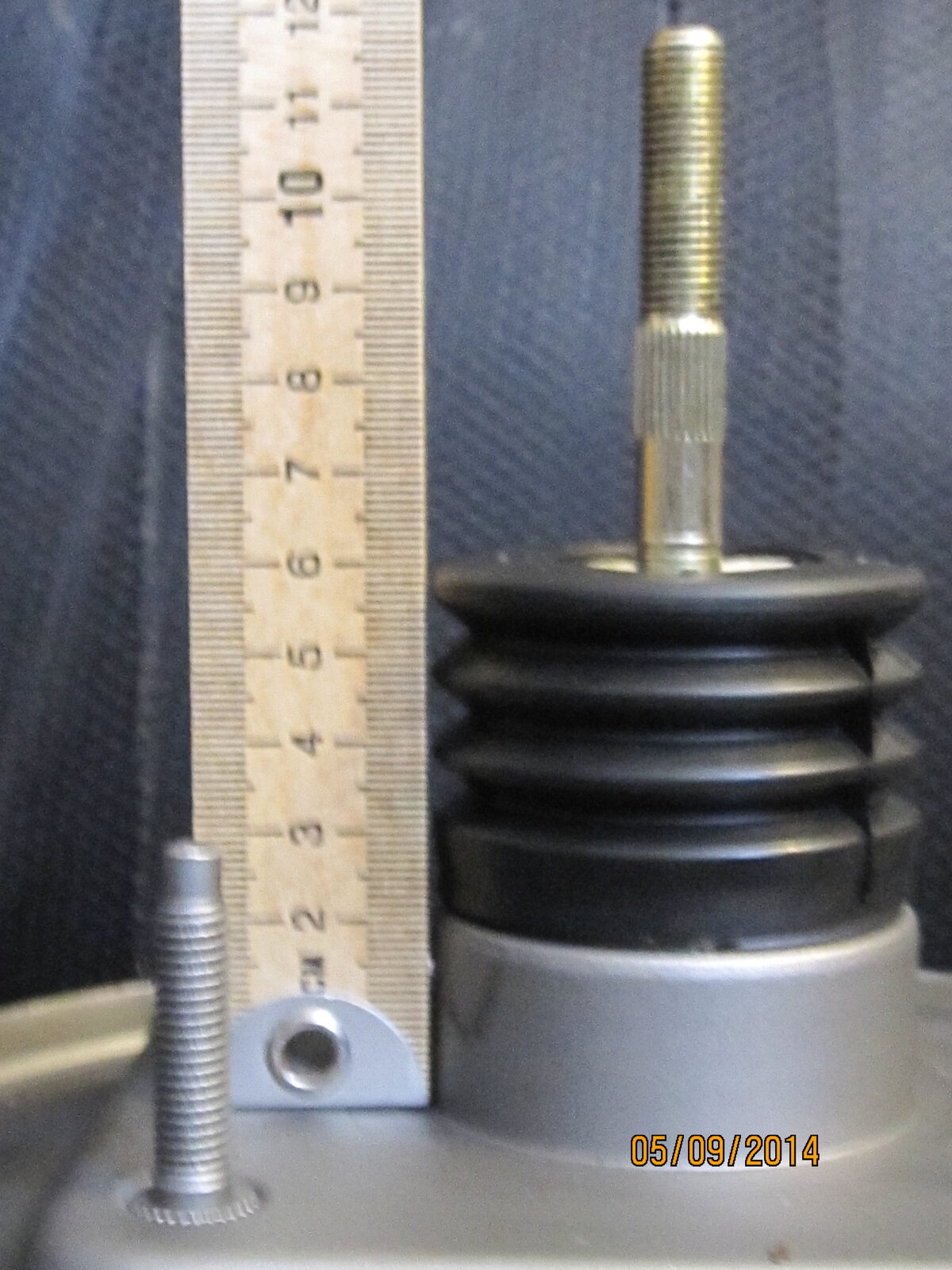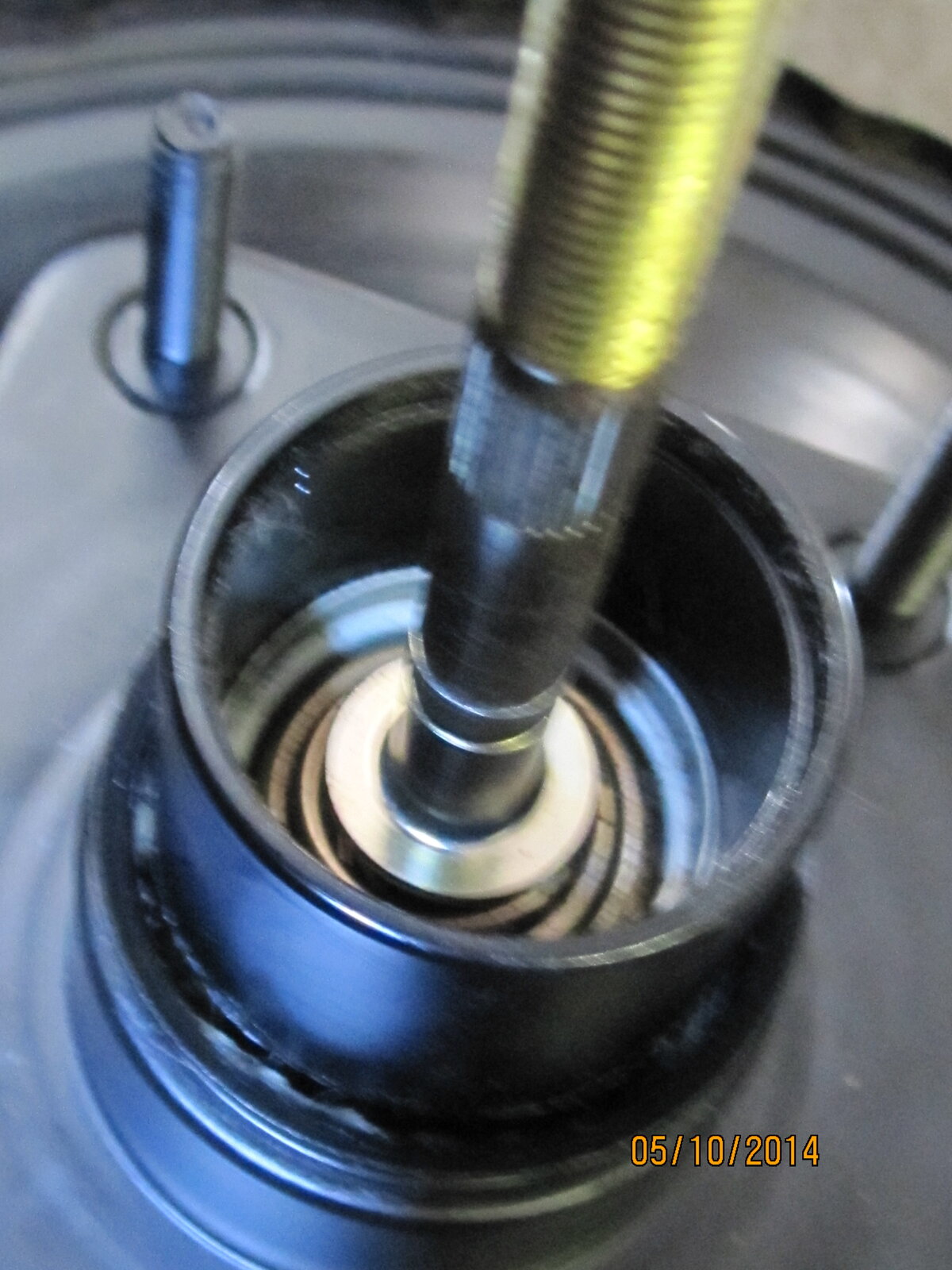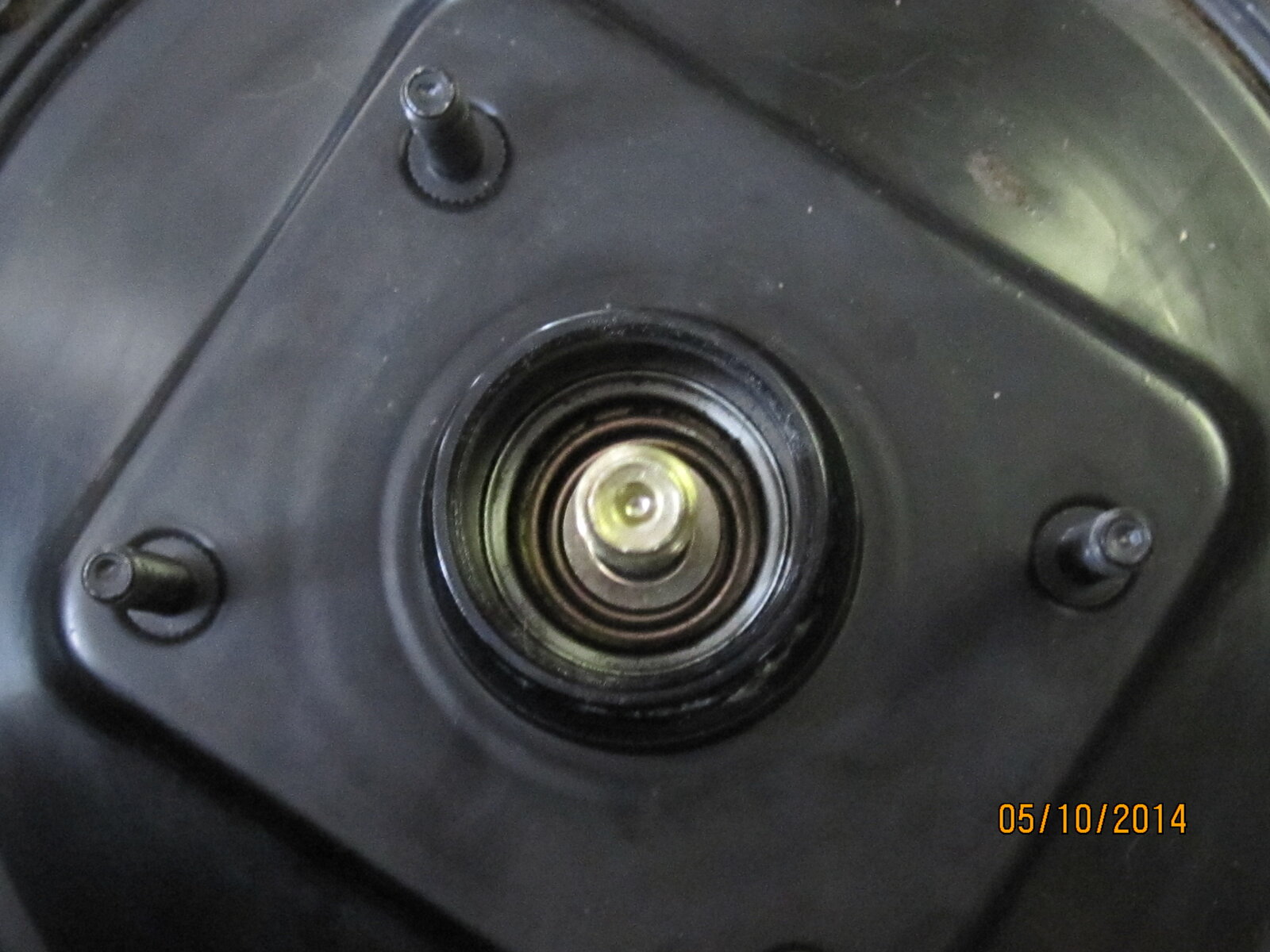Hello,
I will be asking my question at other forums as well. I will share any relevant info I obtain.
I think I need a new brake booster. with the engine shut off, I pulled the booster-to-intake hose at the intake and sucked on it and it behaves strangely. I am able to suck air in an 'intermittent' sort of way. there is something inside that is blocking and unblocking the air as I apply suction. also, there is no half-way. either I am able to suck air easily or not at all.
according to several tutorials I have read around the internet, if I am able to suck any air, the booster is faulty. I don't see any way that a diaphram could be intact. I don't think that the check valve can cause this type of behavior.
there is another test where you:
'Depress the brake pedal several times with the engine off
and check that there is no change in the pedal reserve
distance.
Depress the brake pedal and start the engine. If the pedal
goes down slightly, operation is normal.'
for me, the pedal goes down more than 'slightly'. I think it goes down more than it should be.
this test:
'Start the engine and stop it after 1 or 2 minutes. Depress
the brake pedal several times slowly. If the pedal goes
down furthest the 1st time, but gradually rises after the
2nd or 3rd time, the booster is air tight.'
it seems to pass this test.
'Depress the brake pedal while the engine is running, and
stop the engine with the pedal depressed. If there is no
change in the pedal reserve travel after holding the pedal
for 30 seconds, the booster is air tight.'
the pedal seems to be sinking VERY SLOWLY within the 30 seconds.
any experience or expertise in this matter would be most appreciated.
I will be asking my question at other forums as well. I will share any relevant info I obtain.
I think I need a new brake booster. with the engine shut off, I pulled the booster-to-intake hose at the intake and sucked on it and it behaves strangely. I am able to suck air in an 'intermittent' sort of way. there is something inside that is blocking and unblocking the air as I apply suction. also, there is no half-way. either I am able to suck air easily or not at all.
according to several tutorials I have read around the internet, if I am able to suck any air, the booster is faulty. I don't see any way that a diaphram could be intact. I don't think that the check valve can cause this type of behavior.
there is another test where you:
'Depress the brake pedal several times with the engine off
and check that there is no change in the pedal reserve
distance.
Depress the brake pedal and start the engine. If the pedal
goes down slightly, operation is normal.'
for me, the pedal goes down more than 'slightly'. I think it goes down more than it should be.
this test:
'Start the engine and stop it after 1 or 2 minutes. Depress
the brake pedal several times slowly. If the pedal goes
down furthest the 1st time, but gradually rises after the
2nd or 3rd time, the booster is air tight.'
it seems to pass this test.
'Depress the brake pedal while the engine is running, and
stop the engine with the pedal depressed. If there is no
change in the pedal reserve travel after holding the pedal
for 30 seconds, the booster is air tight.'
the pedal seems to be sinking VERY SLOWLY within the 30 seconds.
any experience or expertise in this matter would be most appreciated.







